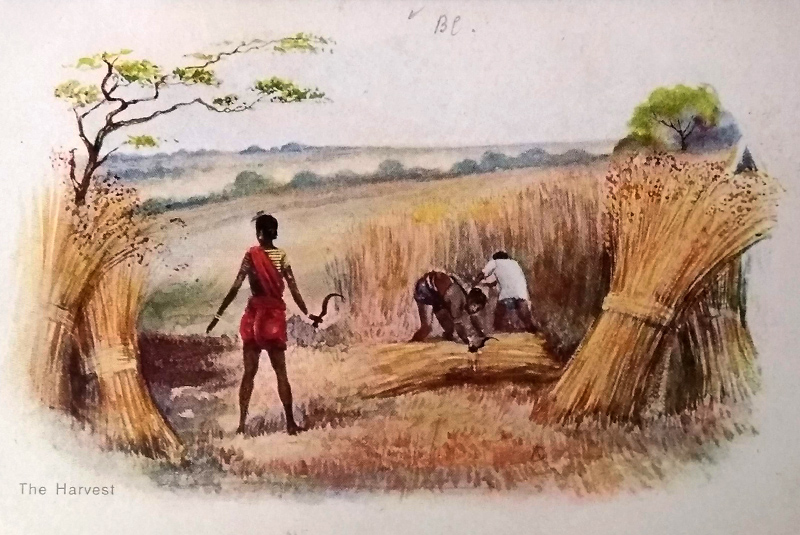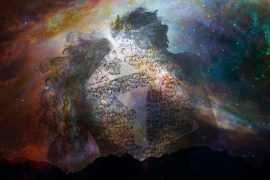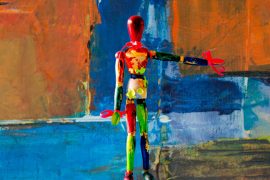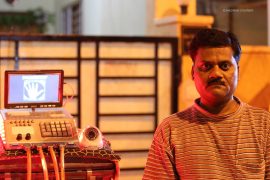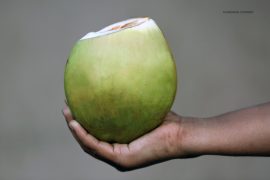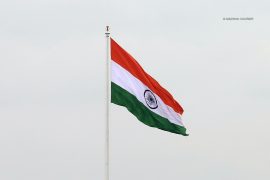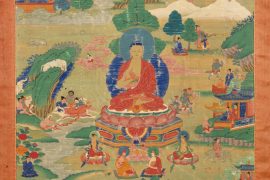A coolie woman, a toddy man, an orthodox Hindu widow, a Mohammedan Chobdar, a model of Canarese beauty and a Bombay policeman: what do they have in common? This may seem like a trick question. But it isn’t.
It’s a philosophical denouement that allows us to examine if modern art forms – such as narrative illustration and photography – were instrumental in racial stereotyping of a people. It’s also a question that helps investigate allegations that the colonialists stereotyped Indians with the intent of “inferiorising” and subjugating them.
Postcards & Stereotypes
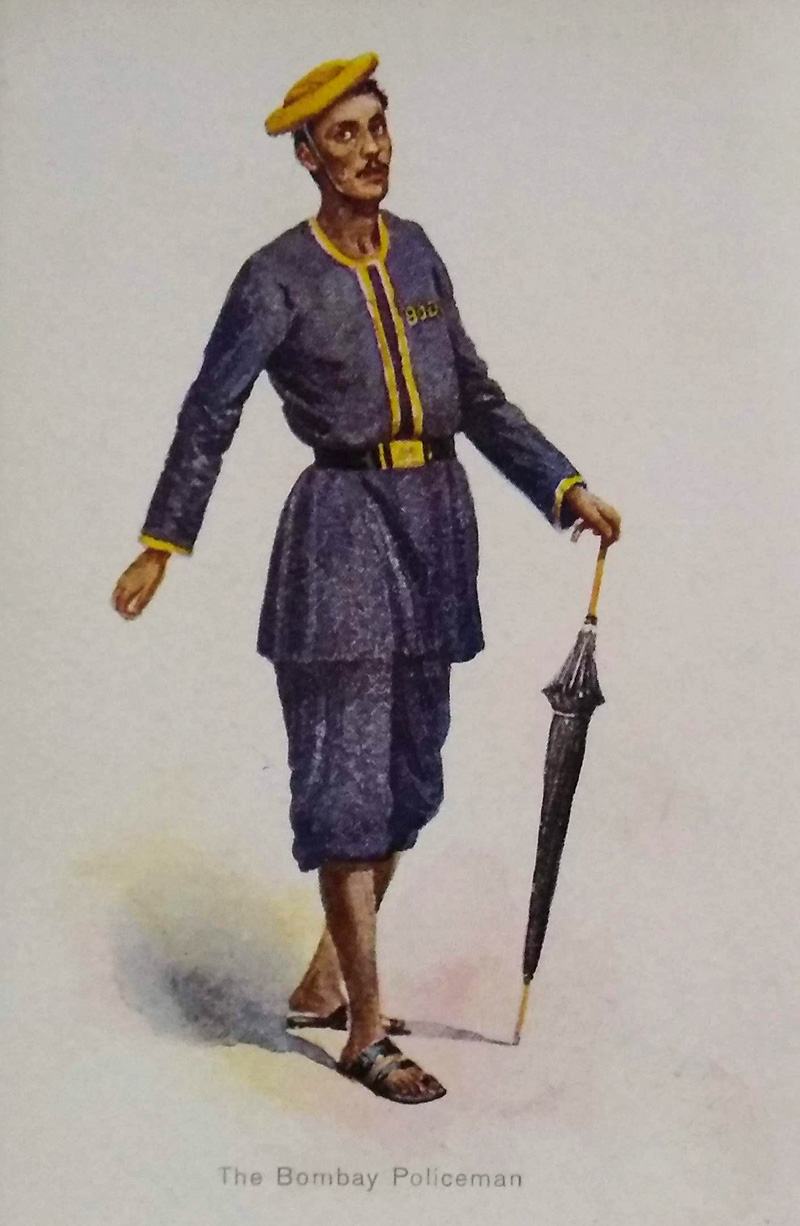
In the late nineteenth and early twentieth centuries, British men and women who travelled to South Asia carried the box camera to record their experiences. To capture the “essence of India through its people, places and landscapes,” the photographers and artists chose subjects that fit the “orientalist imagination” of the west. Over time, the subjects in the photographs and illustrations have been immortalised in the annals of history through “postcards” printed and shared across the world.
-30-
Copyright©Madras Courier, All Rights Reserved. You may share using our article tools. Please don't cut articles from madrascourier.com and redistribute by email, post to the web, mobile phone or social media.Please send in your feed back and comments to [email protected]

